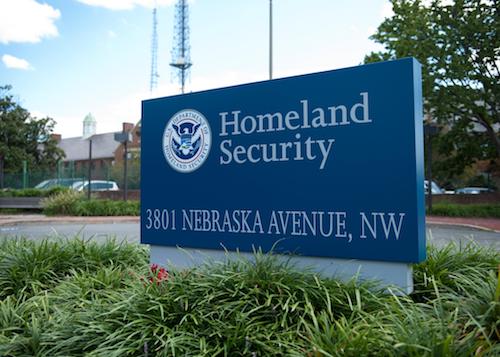Blog Editor’s Note: We are always glad to see government officials engage with an important issue. At the same time, 2018 marks the 14th year the US government has failed to act on its own mandates to protect and augment GPS signals.
Studies and analysis do little to protect the public. Skyjacking was too common long before 9/11 and our risk analyses told us cockpit doors should be hardened. The US government knew that the levees in New Orleans were insufficient long before Hurricane Katrina and our risk analyses told us they should be improved. Will this DHS’ “risk-based look” make our PNT more resilient and the nation any safer? Not unless it somehow energizes government leaders to do things they have been unwilling to do for 14 years.
Note – In November 2016 the RNT Foundation published a risk analysis for GPS disruption. We even used DHS’ risk methodology of Risk = Threat x Consequence. We are pretty sure things have not changed much in the last two years, except perhaps the threat from adversary nations, criminal and terrorist networks, and privacy seeking individuals has gotten worse. Click here for a copy of: “Prioritizing the Dangers to the United States From Threats to GPS.”

DHS Taking a Risk-Based Look at PNT Resilience
The Department of Homeland Security (DHS) has launched a new effort to ascertain the real-world risks posed by the loss of positioning, navigation and timing (PNT) service and how those risks might be reduced, said James Platt, director of DHS’s PNT Program Management Office. On the table is testing, best practices, partnerships, a new management approach and possibly standards and a backup system.
The focus of that effort is on PNT as it relates to critical infrastructure, which is in line with NSPD-39: U.S. Space-Based Position, Navigation, and Timing Policy (National Security Presidential Directive-39). For more details on NSPD-39, see the Federation of American Scientists’ Fact Sheet.
“I’d like to read you just a few things that our secretary, (DHS) Secretary (Kirstjen) Nielsen said regarding critical infrastructure and the world that we’re in today,” Platt told attendees at the Civil GPS Service Interface Committee(CGSIC) meeting Tuesday.
She told those attending the standup of the National Risk Management Center in September that in the months prior to 9/11 then-CIA director George Tenet said the systems were blinking red. “We’d heard enough chatter to know that danger was coming we just didn’t know where.” Recently Dan Coats, the director of the National Intelligence Agency, said something similar, Nielsen continued.” “The system is ‘blinking red once again. …Our digital lives are in danger like never before. But it’s more than that; we are witnessing an historic change across the entire threat landscape.’ ”
“So that’s the environment that we’re facing right now,” said Platt. “It’s not just about the hackers that are going to put something out there and hack into the local system. We have to realize that there are nation states that are willing to target our critical infrastructure.”
To address this, Platt’s team — which is now part of that new National Risk Management Center — is working on a risk management structure and reaching out to industry to establish partnerships.
“Over 90 percent of the critical structure in the United States is owned by the private sector,” Platt said. “So, if they’re using GPS and they’re dependent on GPS — or heavily reliant — it’s up to us to help them understand the risk. But ultimately those companies are going to make decisions on the overall risk picture that they’re facing and we have to make a compelling argument that they should at least address the PNT vulnerabilities that potentially exist.”


